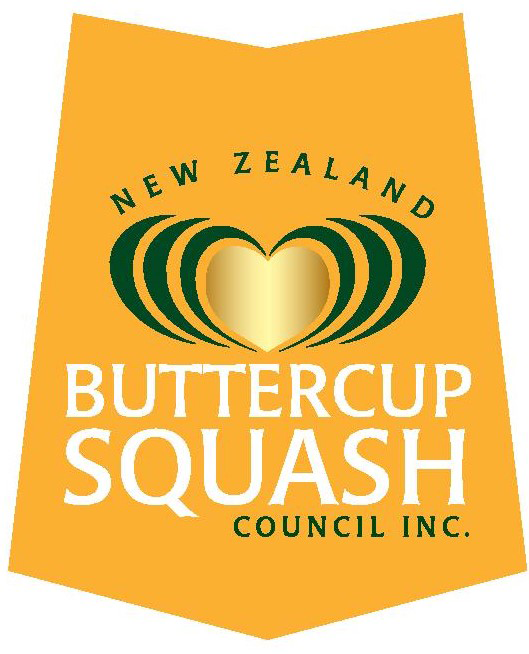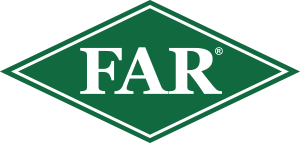Joining the dots (2020 update)
Joining the Dots is a structured approach to progressing from problem recognition, to implemented and audited mitigations, and benchmark sustainability reporting.
The original intent of the project was to create Farm Environment Plans (FEPs) that could be audited under the New Zealand Good Agricultural Practice (NZGAP) Environmental Management System (EMS) add-on, to provide assurance to regional councils that the outdoor fresh vegetable industry is undertaking continuous improvement with the goal of increasing sustainability.
As part of the work to date, Agrilink NZ and NZGAP, commissioned by the Vegetable Research and Innovation Board (VR&I), have stepped a grower through the process using the problem of soil erosion on cultivated vegetable paddocks. The case study grower developed an Erosion & Sediment Control Plan (a component of an FEP), which has a staged implementation, and has been audited through NZGAP.
The research results are from the Sustainable Farming Fund (SFF) project ‘Don’t Muddy The Water’ underpins the Erosion & Sediment Control Guidelines for Vegetable Production.
The project also explored the potential for collection, aggregation, analysis, and display of national and regional scale metrics via NZGAP EMS. Individualised benchmarking reports could be generated for growers to inform future decision making and priority management areas, as well as aggregated environmental metrics to report on the industry’s sustainability progress over time. This report demonstrates individualised reporting using soil erosion and mitigation data, as well as regional and national level reporting.
The next phase needs to be rolling out, at scale, FEPs, as the vehicle for growers to adopt and document further good and best management practices. Alongside this is further development of the data collection, aggregation, and dashboard system. As the number of completed FEPs builds, the baseline data will become more robust and form a factual basis for prioritising areas for improvement, and setting targets, timelines, and reviews. This then feeds back into problem recognition, new research, and targeted grower engagement and extension activities.







